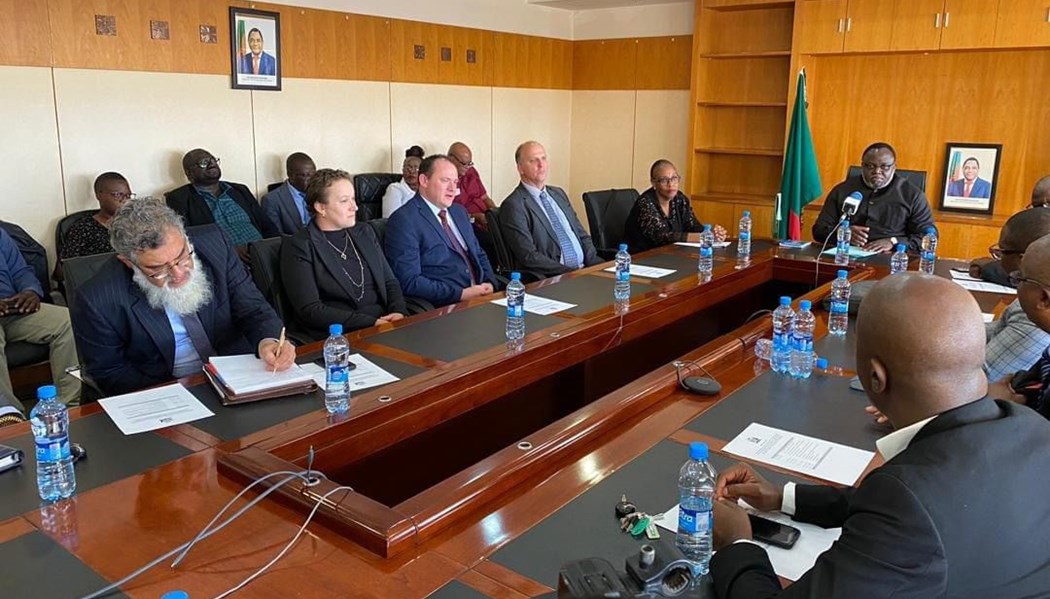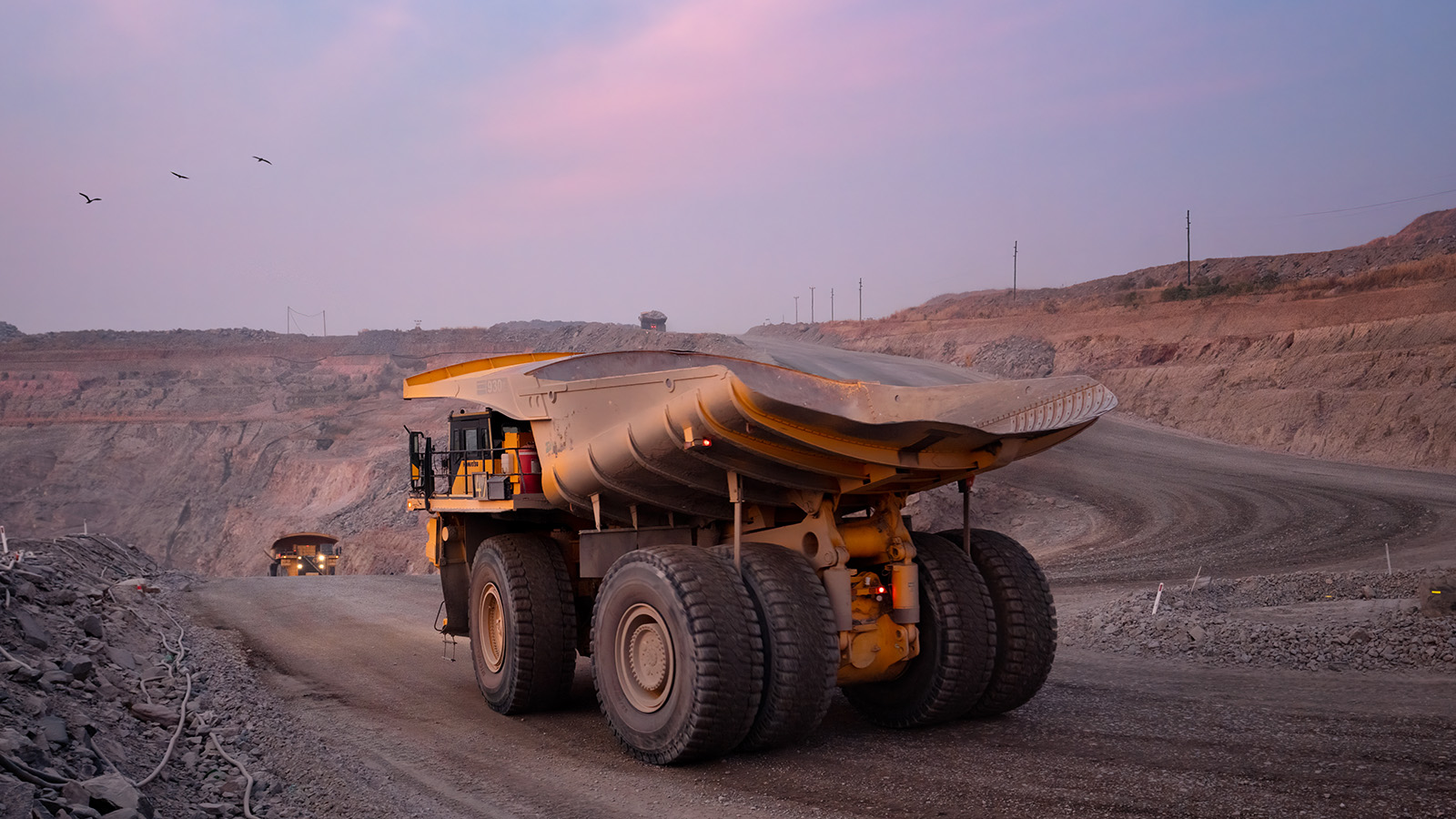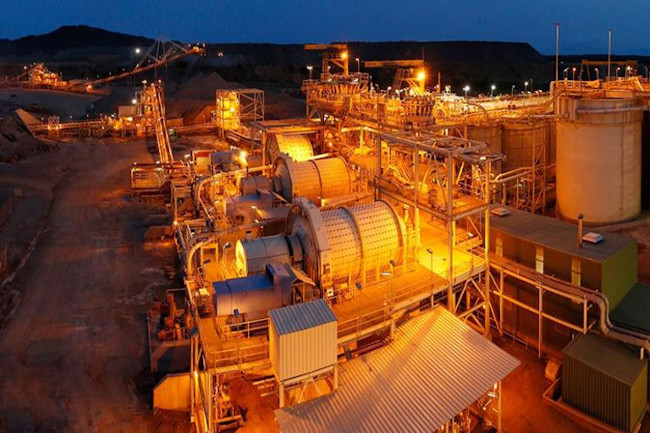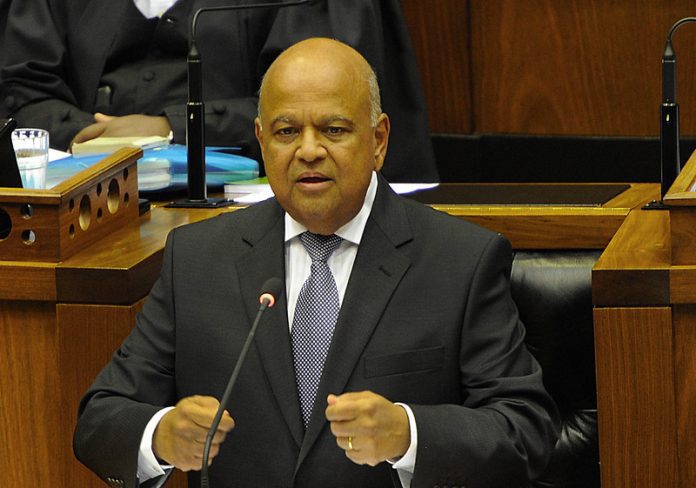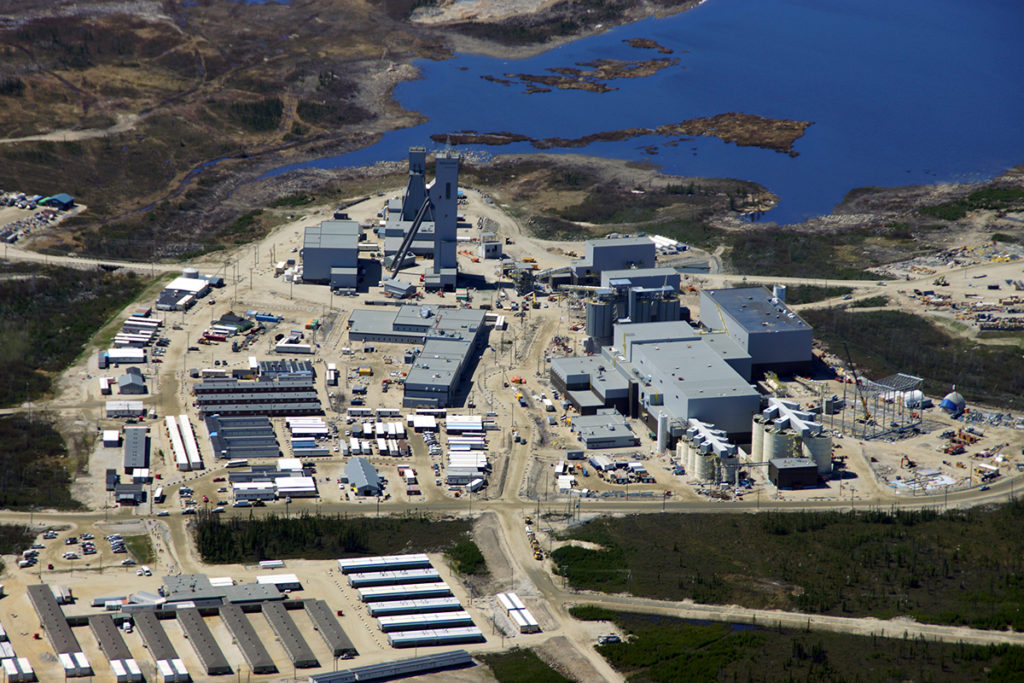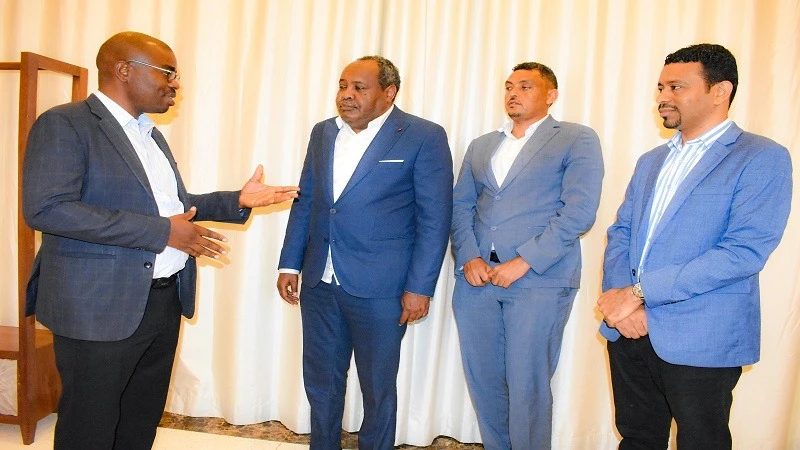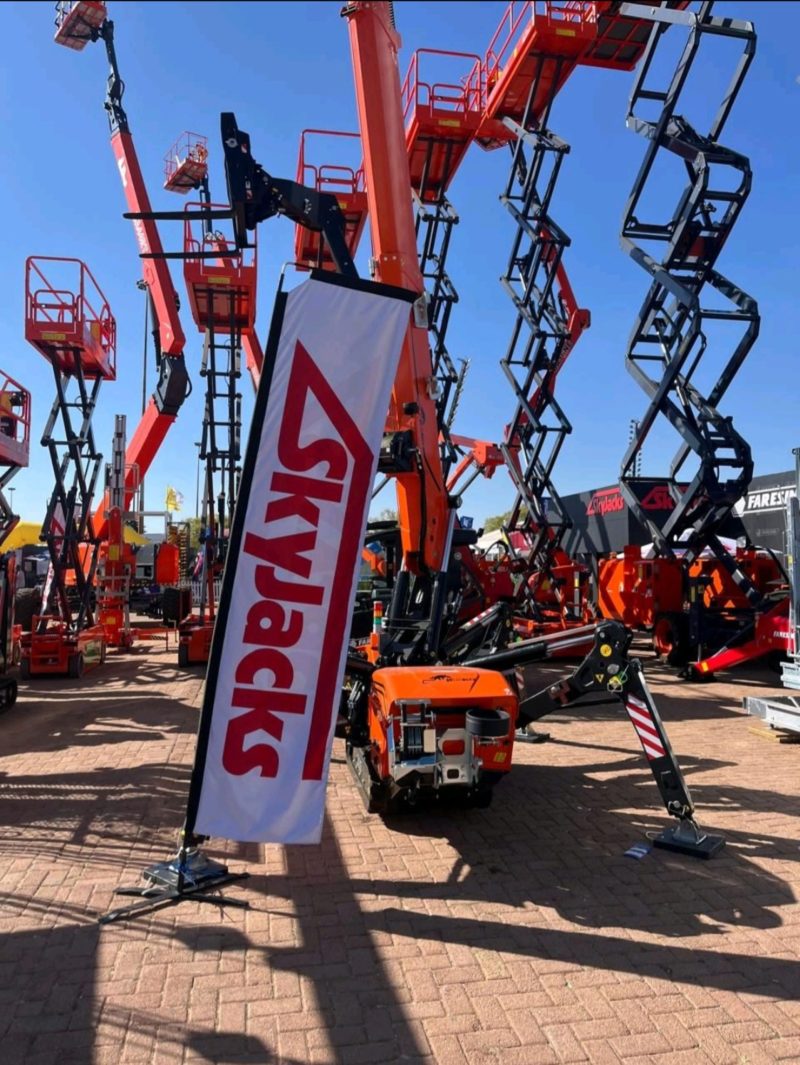Mining Other

Kenya’s $62 Billion Rare-Earth Minerals Discovery Transforms East Africa
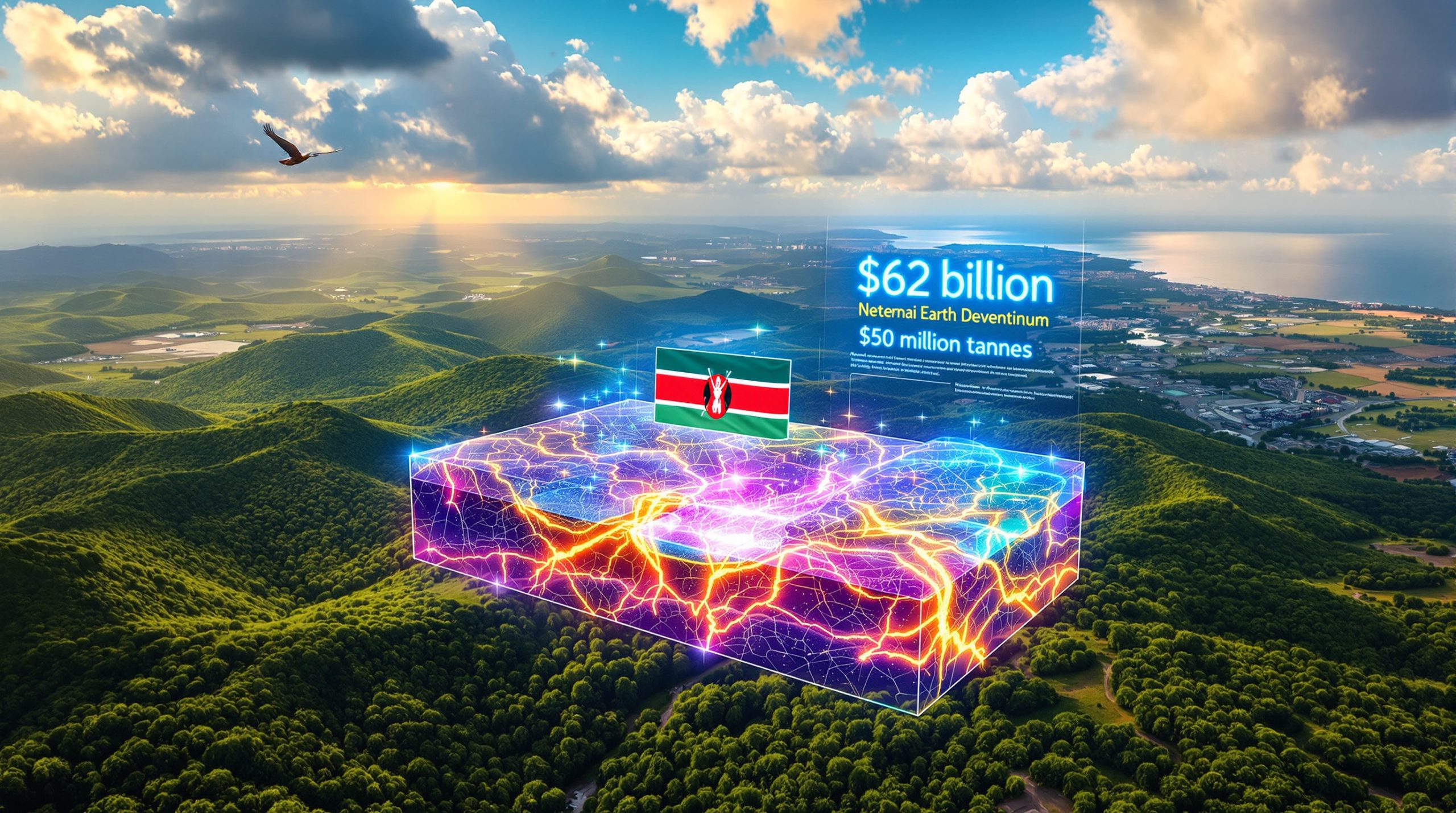
Kenya's Geological Treasure Trove: Understanding the Significance
Kenya's emergence as a potential rare earth powerhouse centers on extraordinary mineral concentrations discovered within its coastal formations. The East African nation contains substantial reserves of Kenya rare-earth minerals essential for modern technology, renewable energy systems, and advanced manufacturing processes, positioning it strategically within global supply chain discussions.
Recent geological assessments suggest Kenya hosts approximately 40 million tonnes of rare earth-bearing ore, with concentrations averaging around 5% total rare earth oxide content. These deposits also contain significant niobium reserves, potentially exceeding 680 million kilograms, creating a dual-mineral opportunity that distinguishes Kenya from single-element focused operations elsewhere.
Critical Geographic Advantages:
- Strategic positioning along established Indian Ocean shipping routes
- Proximity to existing port infrastructure at Mombasa
- Access to regional power grids and transportation networks
- Coastal location reducing export logistics complexity compared to landlocked operations
The mineral composition includes both light and heavy rare earth elements, with particular abundance in neodymium, praseodymium, cerium, and lanthanum. Light rare earth elements typically command lower processing complexity and costs, while heavy rare earth elements like dysprosium and terbium achieve premium pricing due to supply constraints and specialized applications in permanent magnets and defense technologies.
Understanding this composition becomes crucial for valuation accuracy, as different rare earth elements serve distinct market segments with varying demand patterns and price volatility. Furthermore, the critical minerals transition highlights the increasing global demand for these resources.
Kenya's Strategic Mineral Portfolio
Beyond rare earths, Kenya's geological formations contain carbonatite-associated deposits that often host multiple critical minerals simultaneously. This polymetallic potential creates economies of scale opportunities, where single mining operations could produce multiple strategic materials, improving project economics through diversified revenue streams.
Current global rare earth production remains heavily concentrated, with China controlling approximately 60-70% of worldwide output. Kenya's potential entry into this market represents a significant diversification opportunity for technology manufacturers, automotive companies, and defense contractors seeking alternative sourcing strategies.
Geographic Distribution of Kenya's Rare Earth Resources
Mrima Hill: East Africa's Emerging Rare Earth Hub
Mrima Hill in Kwale County represents Kenya's most significant rare earth concentration, situated approximately 50 kilometers from Mombasa port facilities. This forested elevation contains the bulk of Kenya's estimated rare earth wealth, making it a focal point for international mining interest and geopolitical attention.
The site's historical significance extends beyond mineral potential. Previous exploration efforts included licensing arrangements with Cortec Mining Kenya, though these permits faced revocation in 2013, highlighting the complex regulatory landscape surrounding Kenya's mineral development. Current exploration rights and partnership structures continue evolving as the country refines its mining governance framework.
Strategic Infrastructure Advantages:
- Direct access to Mombasa's container port facilities
- Existing road networks connecting coastal regions to inland areas
- Proximity to power transmission infrastructure
- Established customs and export processing capabilities
The coastal location offers substantial logistical benefits compared to landlocked rare earth operations. Shipping costs from Mombasa to major consuming markets in Asia, Europe, and North America remain competitive with alternative African export routes, while container availability and frequency provide operational flexibility for mineral concentrate shipments.
Regional Geological Context and Additional Sites
Beyond Mrima Hill, geological surveys have identified promising rare earth indicators across Kenya's diverse formations. Coastal sedimentary deposits, inland crystalline basement complexes, and alkaline intrusion sites all demonstrate varying degrees of rare earth mineralization potential.
These additional exploration areas suggest Kenya rare-earth minerals potential extends beyond single-site operations, potentially supporting multiple mining ventures or phased development approaches. However, detailed resource definition drilling remains necessary to establish commercial viability across these broader target areas.
Comparative analysis with neighbouring East African geological formations indicates similar rare earth-bearing carbonatite complexes exist across the region, though Kenya's coastal access and existing infrastructure provide competitive advantages for development timing and export logistics.
Valuation Complexity and Market Reality
Understanding Speculative Valuations Versus Proven Resources
Current estimates place Kenya's rare earth potential between $62 billion and significantly higher figures, though these valuations require careful interpretation and sceptical analysis. Industry observers caution that such figures often represent speculative assessments based on preliminary resource estimates rather than measured, proven reserves suitable for commercial extraction.
| Valuation Component | Speculative Range | Key Variables |
| Rare Earth Oxides | $27-62 billion | Market price assumptions |
| Niobium Reserves | $35 billion+ | Strategic metal premiums |
| Processing Infrastructure | Highly variable | Technology deployment costs |
| Environmental Compliance | Unquantified | Regulatory requirement changes |
The dramatic variance in published valuations reflects fundamental uncertainties in resource categorisation. Geological estimates typically progress through inferred, indicated, and measured resource categories, with each stage requiring increasing levels of drilling data, metallurgical testing, and economic analysis.
Critical Valuation Factors:
- Extraction efficiency assumptions: Recovery rates for rare earth processing typically range 85-95%, varying significantly by element and processing technology
- Market price volatility: Rare earth element prices fluctuate based on supply disruptions, demand cycles, and geopolitical factors
- Processing cost estimates: Hydrometallurgical and pyrometallurgical separation technologies require substantial capital investment and ongoing operational expenses
- Infrastructure development requirements: Mining, beneficiation, and export infrastructure costs can exceed $1 billion for comprehensive rare earth operations
In addition, modern mine planning processes now incorporate advanced technological frameworks to optimise resource extraction and minimise environmental impact.
Economic Modelling and Risk Assessment
Professional mining valuations typically employ Net Present Value (NPV) calculations incorporating discount rates reflecting exploration, permitting, construction, and operational risks. Current Kenya rare earth valuations appearing in media coverage rarely provide transparent methodological explanations or risk-adjusted scenarios.
Comparative analysis with established rare earth operations suggests realistic development timelines spanning 6-8 years from initial resource definition to commercial production. This extended timeline significantly impacts present value calculations, particularly when applying appropriate discount rates reflecting emerging market mining risks.
Break-even analysis for Kenya's rare earth potential requires minimum production thresholds varying by element composition and market conditions. Without detailed metallurgical testing and pilot plant operations, these critical economic parameters remain speculative rather than engineering-based estimates.
Corporate Positioning and International Interest
Current Partnership Structures and Stakeholder Analysis
Australian-led consortiums have emerged as primary development candidates for Kenya's rare earth resources, reflecting broader supply chain diversification strategies among Western nations seeking alternatives to China-dominant production.
The evolving partnership landscape includes multiple international players with varying technical capabilities and financial resources. However, specific equity arrangements and development commitments remain subject to ongoing negotiations and regulatory approvals, requiring careful verification of published partnership details.
Key Stakeholder Categories:
- Mining technology providers: Companies offering beneficiation and processing expertise
- Financial institutions: Development banks and private equity focused on critical minerals
- End-user manufacturers: Automotive, renewable energy, and defence companies seeking secure supply arrangements
- Government entities: Kenya's mining authorities and international development agencies
Geopolitical Dimensions and Strategic Partnerships
International positioning reflects broader supply chain restructuring efforts following recognition of critical mineral supply vulnerabilities. Western nations have prioritised rare earth supply diversification through diplomatic initiatives, development financing, and technical assistance programs targeting alternative producing regions.
Kenya's potential role extends beyond mineral production to include regional processing hub development opportunities. Establishing beneficiation and separation capabilities within East Africa could create value-added export opportunities while reducing transportation costs for regional mineral resources.
Technology transfer agreements under consideration involve sophisticated hydrometallurgical processes requiring specialised expertise and environmental management systems. These partnerships potentially accelerate Kenya's technical capabilities whilst providing international partners with strategic supply access.
Development Challenges and Implementation Barriers
Environmental Stewardship and Ecosystem Protection
Sustainable development of Kenya's rare earth resources requires addressing complex environmental considerations, particularly given Mrima Hill's forested ecosystem and biodiversity significance. Forest preservation, water resource management, and habitat protection measures demand comprehensive environmental impact assessments and mitigation strategies.
Rare earth processing generates significant waste streams requiring specialised management approaches. Radioactive elements naturally occurring within rare earth ores necessitate careful handling protocols and long-term storage solutions, adding complexity to environmental compliance requirements.
Critical Environmental Factors:
- Water usage requirements: Rare earth processing typically consumes substantial water quantities for separation and purification processes
- Waste rock management: Mining operations generate overburden requiring appropriate storage and potential rehabilitation
- Tailings disposal: Processing residues contain elevated levels of naturally occurring radioactive materials
- Air quality considerations: Dust suppression and emission control systems require ongoing monitoring and maintenance
Consequently, mine reclamation benefits become increasingly important for restoring ecosystems and ensuring long-term environmental sustainability.
Community Engagement and Social Licence
Successful rare earth development depends heavily on obtaining and maintaining community consent throughout project lifecycles. Local land rights, cultural heritage preservation, and economic benefit-sharing arrangements require transparent negotiation processes and ongoing stakeholder engagement.
Historical precedents from other African mining operations demonstrate that community relations challenges can significantly delay or halt project development, regardless of technical or economic viability. Proactive community engagement strategies become essential for maintaining social licence to operate.
Employment generation opportunities through rare earth development could provide substantial economic benefits for local communities, though specialised technical positions may require extensive training programmes and skills development initiatives.
Furthermore, reports from international media outlets, including Kenya's sacred Mrima Hill turns into a real-world Avatar, highlight the cultural significance of these locations to local communities.
Regulatory Framework Evolution
Kenya's mining regulatory regime continues undergoing reforms aimed at increasing transparency, improving licensing procedures, and raising mining sector contributions to national GDP. These regulatory changes create both opportunities and uncertainties for potential rare earth developers.
Current revenue-sharing mechanisms include royalty structures varying by mineral type, with rare earth elements potentially subject to 5% royalty rates whilst niobium faces 3% assessments. However, these rates remain subject to legislative review and potential modification as the sector develops.
Regulatory Development Priorities:
- Licensing transparency: Clear procedures for exploration and mining permit applications
- Environmental standards: Comprehensive impact assessment requirements and monitoring protocols
- Revenue distribution: Mechanisms for sharing mining benefits with local communities and national development
- Technical standards: Safety protocols and operational requirements for rare earth processing
Global Market Impact and Supply Chain Implications
Supply Diversification Potential and Market Dynamics
Kenya's entry into rare earth production could provide alternative sourcing options for technology manufacturers facing supply chain concentration risks. Current global production remains heavily skewed toward a limited number of producing regions, creating vulnerability to supply disruptions and geopolitical tensions.
Regional processing hub development opportunities extend beyond Kenya's domestic resources to include beneficiation services for neighbouring countries' mineral production. Establishing separation and purification capabilities could serve broader East African mining operations whilst creating economies of scale for processing infrastructure investment.
Market Transformation Scenarios:
- Alternative sourcing: Technology companies diversifying supplier bases away from concentrated production regions
- Regional value addition: Processing raw materials closer to mining locations rather than shipping concentrate globally
- Strategic reserves: Consumer nations establishing buffer stocks through long-term supply agreements
- Price stabilisation: Increased supply sources potentially reducing price volatility and supply disruption risks
Moreover, the critical minerals strategy demonstrates how nations are repositioning their resource policies to address global supply chain vulnerabilities.
Production Timeline Projections
Realistic development timelines for Kenya rare-earth minerals span multiple phases requiring sequential completion before commercial production commences. Environmental impact assessments, community engagement processes, and regulatory approvals typically consume 2-3 years before construction activities begin.
| Development Phase | Estimated Duration | Key Activities |
| Environmental Studies | 2-3 years | Impact assessments, permitting |
| Infrastructure Construction | 3-4 years | Mining, processing, transportation |
| Plant Commissioning | 6-12 months | Equipment testing, process optimisation |
| Commercial Production | Ongoing | Full-scale operations |
These timeline estimates assume favourable regulatory outcomes, community acceptance, and adequate financing availability. Delays in any phase can extend overall development schedules, particularly if environmental concerns or community objections require additional consultation and design modifications.
Phased development approaches might accelerate initial production through smaller-scale operations whilst larger processing facilities undergo construction and commissioning. However, rare earth processing economies of scale often favour comprehensive facility development over incremental capacity additions.
Investment Landscape and Risk Assessment
Due Diligence Framework for Kenya Rare Earth Opportunities
Investment evaluation requires comprehensive risk assessment frameworks addressing technical, regulatory, environmental, and market factors unique to Kenya's emerging rare earth sector. Traditional mining investment criteria must incorporate additional considerations related to processing complexity and supply chain positioning.
| Risk Category | Primary Concerns | Mitigation Approaches |
| Technical | Resource definition, processing complexity | Detailed drilling, metallurgical testing |
| Regulatory | Policy stability, permitting delays | Government engagement, legal compliance |
| Environmental | Ecosystem impact, waste management | Comprehensive impact studies, mitigation plans |
| Social | Community relations, benefit sharing | Transparent engagement, local partnerships |
| Market | Price volatility, demand fluctuations | Long-term contracts, portfolio diversification |
Professional investment analysis requires verification of resource estimates through independent geological assessment and metallurgical testing programmes. Published resource figures should distinguish between inferred, indicated, and measured categories whilst providing confidence intervals and methodology explanations.
Monitoring Development Progress Indicators
Investors tracking Kenya's rare earth development should focus on concrete milestones indicating genuine progress toward commercial production rather than speculative valuations or promotional announcements.
Key Progress Indicators:
- Drilling results: Resource definition progress through systematic exploration programmes
- Environmental approvals: Successful completion of impact assessment processes
- Community agreements: Formal consent arrangements with affected populations
- Infrastructure development: Visible construction progress on mining and processing facilities
- Offtake contracts: Binding agreements with end-user customers for future production
Cautionary signs include numerical valuations lacking resource category explanations, promotional materials bypassing feasibility discussions, and insufficient attention to community relations or environmental compliance requirements.
Strategic Implications for East African Development
Regional Economic Transformation Potential
Successful rare earth development could catalyse broader regional economic development through technology transfer, skills development, and processing industry establishment. Kenya's geographical position and existing infrastructure provide advantages for serving as a regional hub for critical mineral processing and export.
Employment generation extends beyond direct mining operations to include technical services, transportation, logistics, and support industries. Specialised technical training programmes could develop local expertise in rare earth processing technologies whilst creating career pathways in emerging technology sectors.
Regional integration opportunities include processing arrangements with neighbouring countries' mineral production, creating economies of scale for separation and purification facilities whilst reducing transportation costs for raw materials.
Long-term Strategic Positioning
Kenya's rare earth development represents broader African mineral sector evolution, demonstrating potential for value-added processing rather than exclusively exporting raw materials. Successful implementation could establish templates for sustainable resource development balancing economic benefits with environmental protection and community engagement.
Strategic positioning within global supply chains requires sustained commitment to technical excellence, environmental stewardship, and transparent governance practices. These foundations become essential for maintaining competitive advantages as rare earth production potentially expands across multiple African jurisdictions.
Technology transfer benefits could extend beyond mining operations to include research and development capabilities, creating innovation clusters around critical mineral processing and advanced materials development. Additionally, the mining industry evolution demonstrates how technological advancement is reshaping the entire sector.
International attention continues growing, as evidenced by reports of global powers eyeing rare earths at Kenya's Mrima Hill, highlighting the geopolitical significance of these resources.
Conclusion:
Kenya rare-earth minerals represent a significant opportunity within a complex development landscape requiring careful navigation of environmental, social, and economic considerations. Whilst geological potential appears substantial, transformation from exploration to production demands sustained commitment to technical excellence, community engagement, and environmental stewardship.
Success depends on balancing international investment attraction with sustainable development principles, transparent governance, and meaningful community participation. Current valuations should be viewed with appropriate scepticism until detailed resource definition, feasibility studies, and regulatory approvals provide concrete foundations for investment decisions.
The broader implications extend beyond Kenya to include regional development opportunities and global supply chain diversification potential, positioning East Africa as an emerging player in critical mineral production whilst demonstrating sustainable resource development practices.
Disclaimer: This analysis is based on publicly available information and should not be construed as investment advice. Rare earth mining investments involve substantial risks, and potential investors should conduct independent due diligence before making financial commitments. Resource estimates and valuations remain speculative until proven through comprehensive geological and economic assessments.




